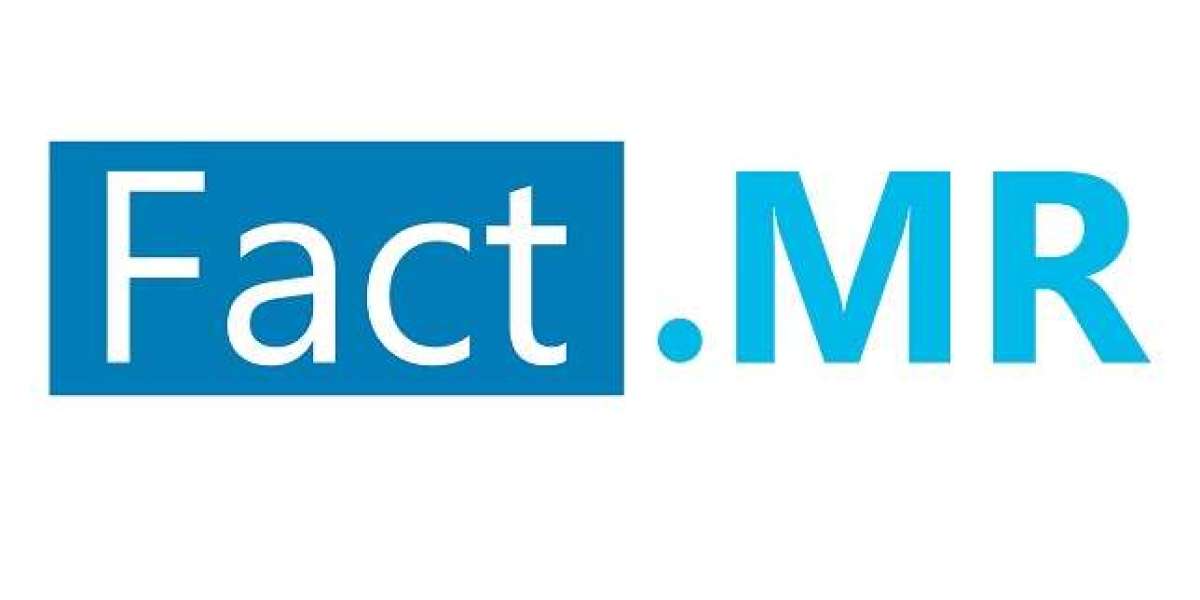Introduction: In the intricate world of healthcare, medical coding serves as the backbone of accurate and efficient communication between healthcare providers, insurers, and regulatory bodies. However, like any complex system, errors can occur, leading to a cascade of consequences. In this blog, we'll delve into some common medical coding mistakes, their repercussions, and strategies to prevent them.
Upcoding and Downcoding: The Balancing Act Medical coders often find themselves on a tightrope between upcoding and downcoding. Upcoding involves assigning a code that reflects a higher level of service than what was actually provided, potentially leading to overbilling and fraud accusations. On the flip side, downcoding may result in reduced reimbursement, impacting the financial health of healthcare providers.
Prevention Tip: Regular training and audits can help coders stay informed about coding guidelines and documentation requirements, ensuring accurate code assignment.
Insufficient Documentation: A Silent Saboteur Incomplete or vague documentation is a breeding ground for coding errors. Insufficient information can lead to codes that inaccurately represent the services rendered, creating a ripple effect through the entire healthcare reimbursement process.
Prevention Tip: Encourage open communication between healthcare providers and coders to ensure comprehensive documentation. Implementing documentation improvement programs can enhance the accuracy of medical records.
Ignoring Regular Code Updates: The Pitfall of Complacency The world of healthcare is dynamic, and so is the system of medical coding. Regular updates and revisions are made to the code sets, reflecting changes in procedures, technologies, and healthcare practices. Ignoring these updates can result in outdated codes, leading to claim denials and compliance issues.
Prevention Tip: Establish a system for staying current with coding updates. Regularly check and incorporate the latest code sets and guidelines to maintain accuracy in code assignment.
Mismatched Codes: A Domino Effect Assigning incorrect codes, whether due to oversight or lack of knowledge, can have a domino effect on the entire healthcare process. From claim denials to potential legal consequences, the repercussions of mismatched codes can be severe.
Prevention Tip: Implement a double-check system where multiple eyes review codes before submission. Encourage ongoing education and professional development for coders to stay abreast of coding changes.
Failure to Utilize Technology: A Missed Opportunity With advancements in technology, various tools and software are available to aid medical coders in their work. Failure to leverage these resources can result in slower, less accurate coding processes.
Prevention Tip: Invest in training for coders on the effective use of coding software and tools. Stay updated on technological advancements in the healthcare industry to enhance coding efficiency.
Conclusion:
Medical coding is a critical element of the healthcare ecosystem, and avoiding mistakes is paramount for the financial health of providers and the quality of patient care. By addressing common coding errors through education, communication, and technological integration, and with the support of CHAFA Helps, the healthcare industry can weave a more accurate and efficient tapestry of medical coding.









